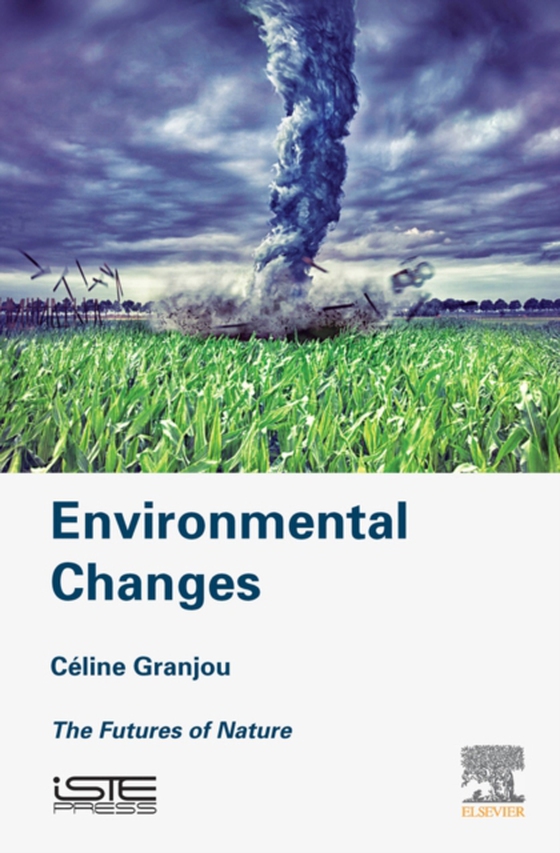
Environmental Changes e-bog
911,46 DKK
(ekskl. moms 729,17 DKK)
This book addresses environmental changes and how they reconfigure society's relationship to the future. It argues that Man does not build "e;his future alone: instead, environmental changes are also proof of the future-making capacity of non-human beings. The author elaborates on the notion of the futures of Nature by drawing on theoretical contributions by recent ground-breaking literatu...
E-bog
911,46 DKK
Forlag
ISTE Press - Elsevier
Udgivet
20 februar 2016
Længde
190 sider
Genrer
Climate change
Sprog
English
Format
pdf
Beskyttelse
LCP
ISBN
9780081010631
This book addresses environmental changes and how they reconfigure society's relationship to the future. It argues that Man does not build "e;his future alone: instead, environmental changes are also proof of the future-making capacity of non-human beings. The author elaborates on the notion of the futures of Nature by drawing on theoretical contributions by recent ground-breaking literature in the field of environmental humanities. The book also builds on a sociological investigation into the practices implemented by environmental scientists, experts and managers confronted with environmental changes. Thinking of nature in terms of its futures requires us to overcome the rooted philosophical tradition that associates nature with permanence and society with creative change. This is a daunting task which can only be successful if we look beyond the long-lasting influence of the human-centered categories of innovation, development and civilization that social sciences have themselves contributed to coining. We need to consider the active capacities of change and transformation of living beings and matter itself. This book is of academic interest, but is also for managers in different fields and areas affected by environmental changes. Featuring a focus on the notion of future and the aim to locate an approach for the future in sociology Elaborates on the notion of "e;more than human futures (drawing on S. Whatmore's words) Offers grounded and detailed insights into three case-study examples
 Dansk
Dansk

